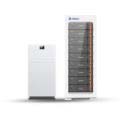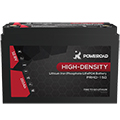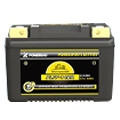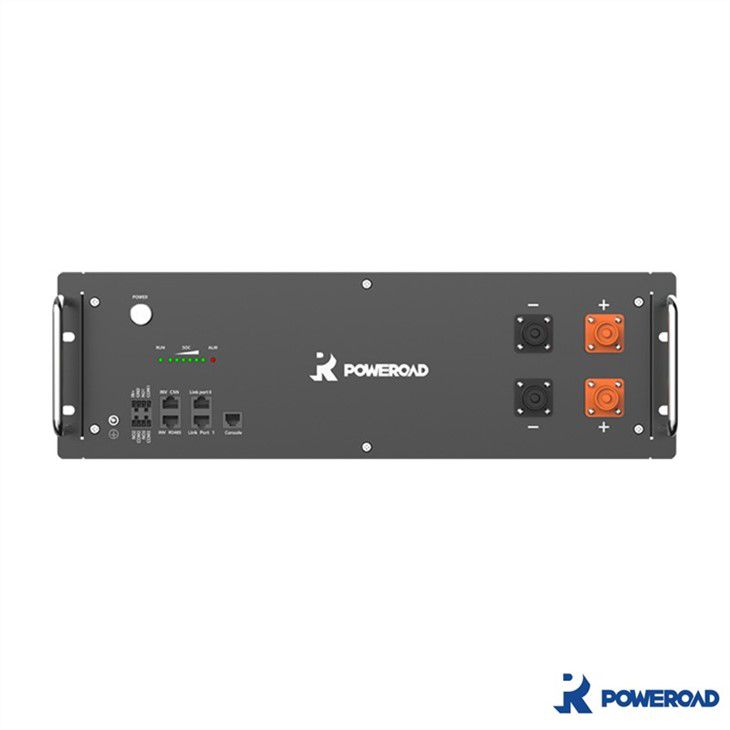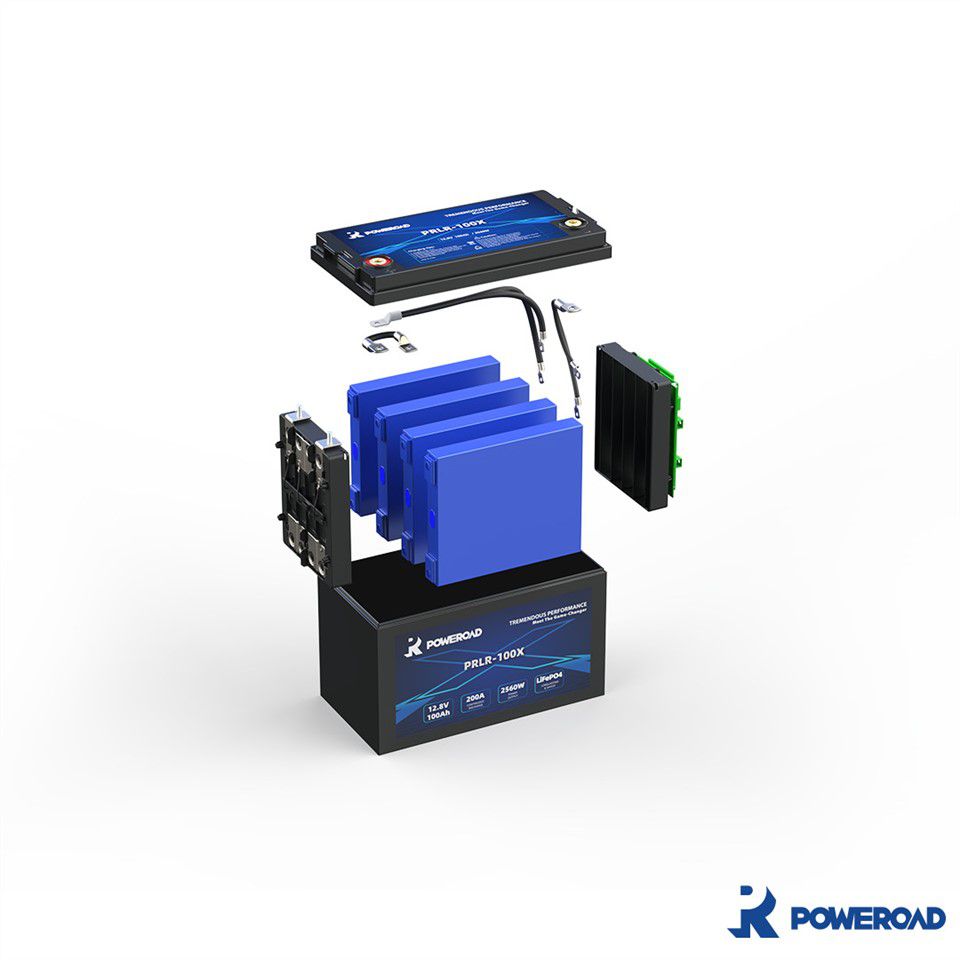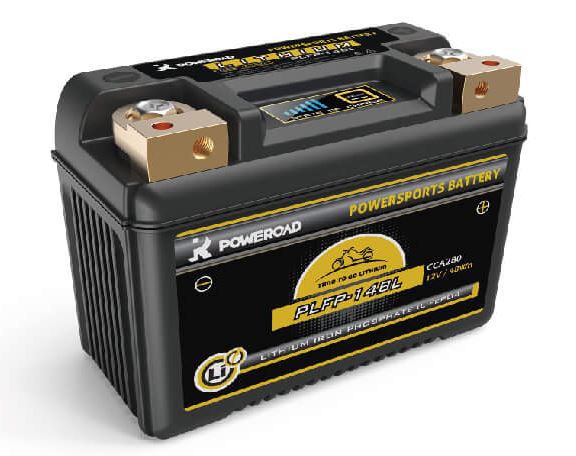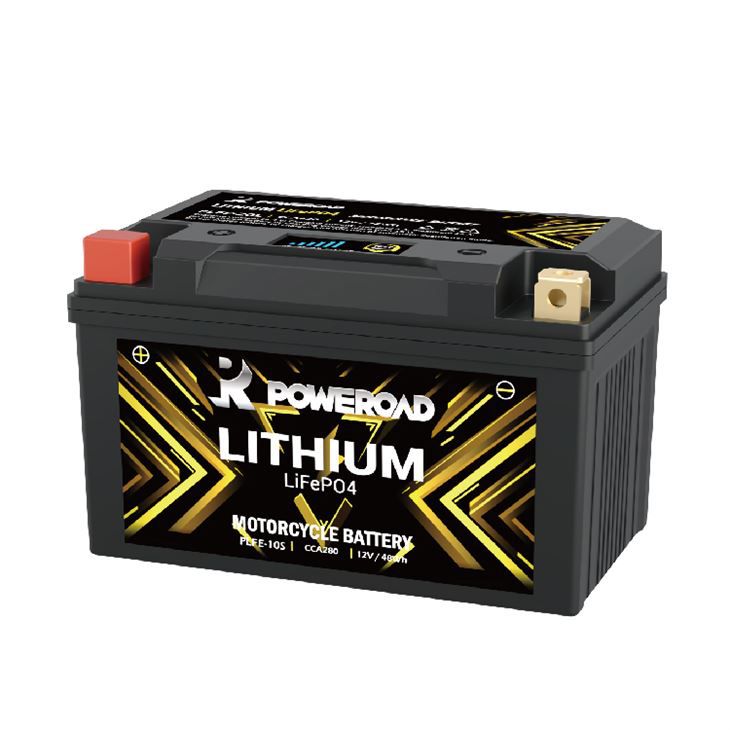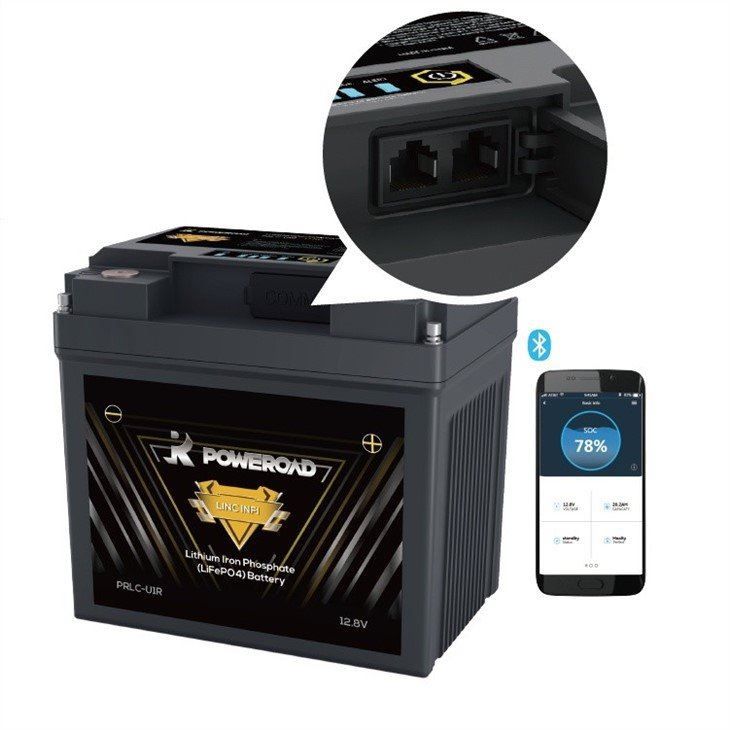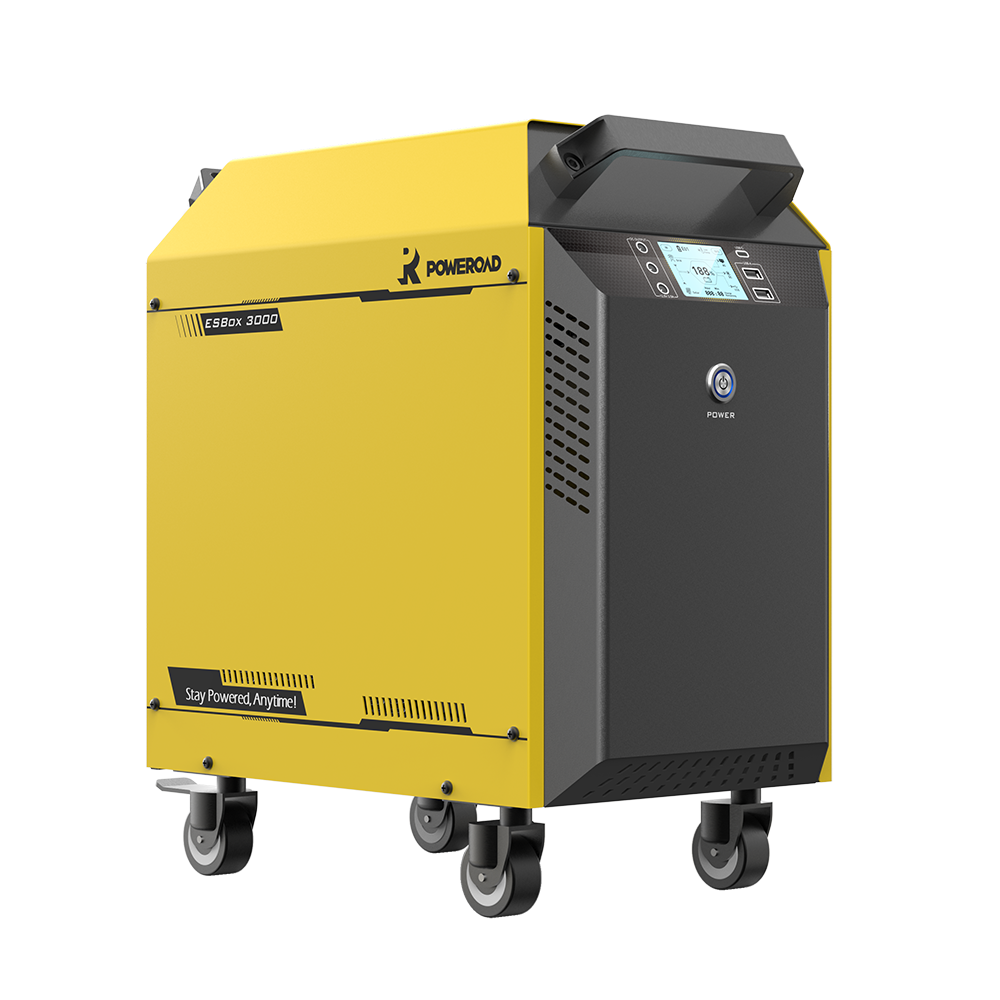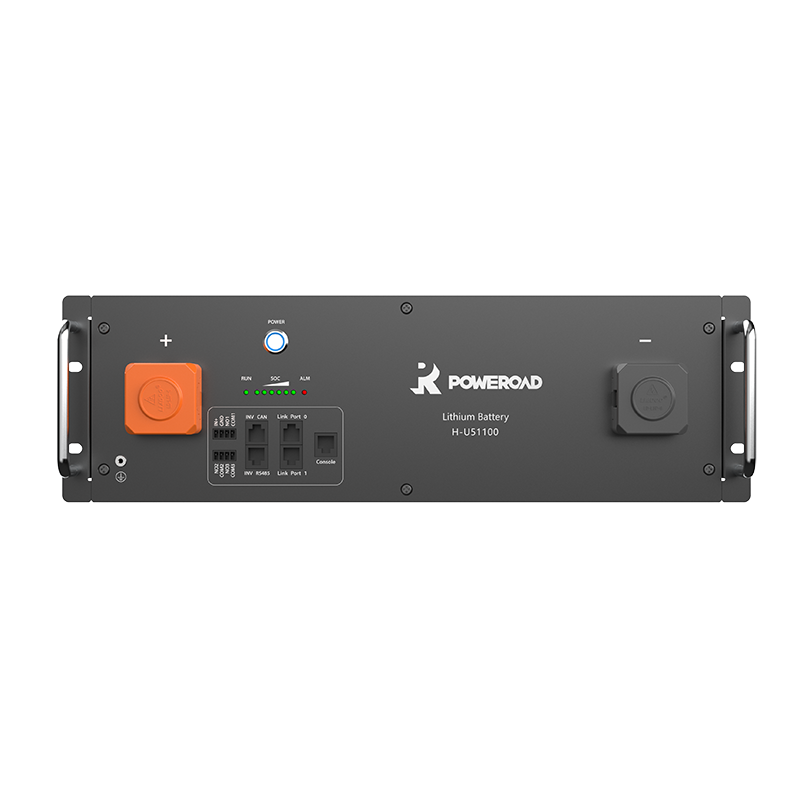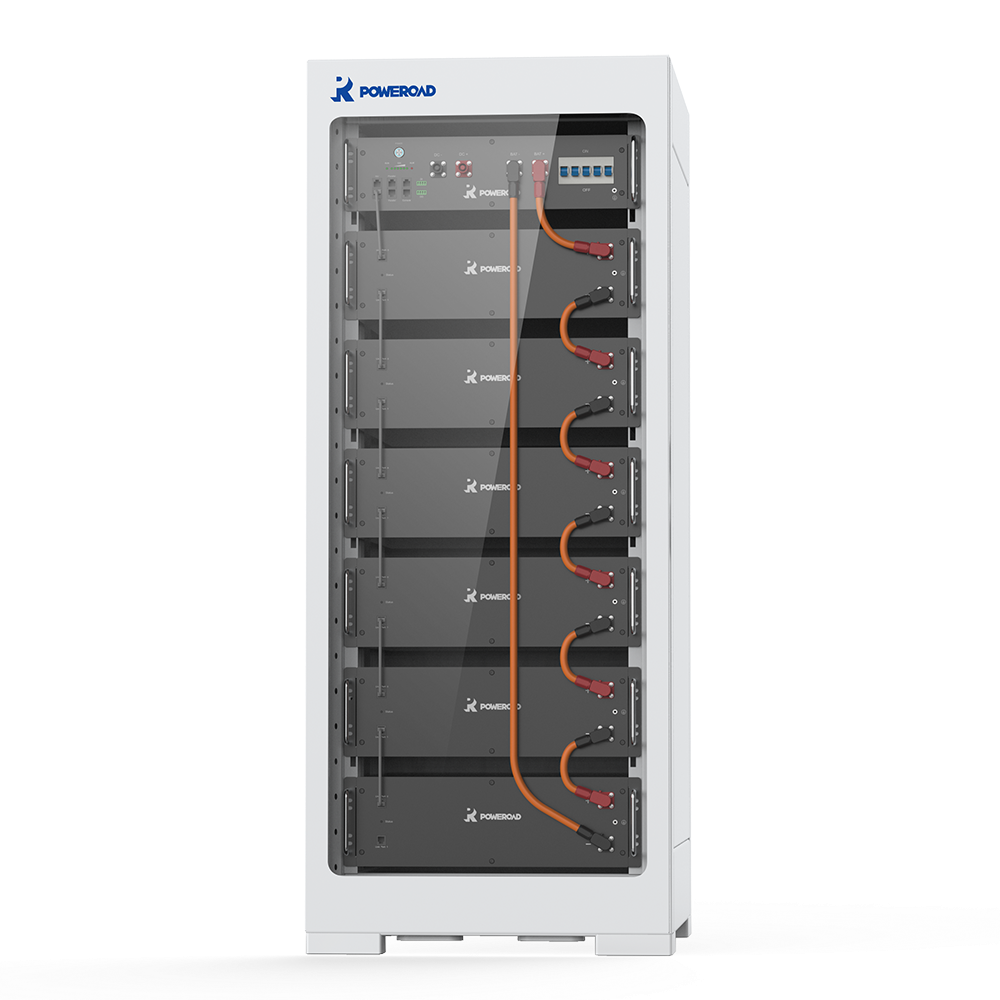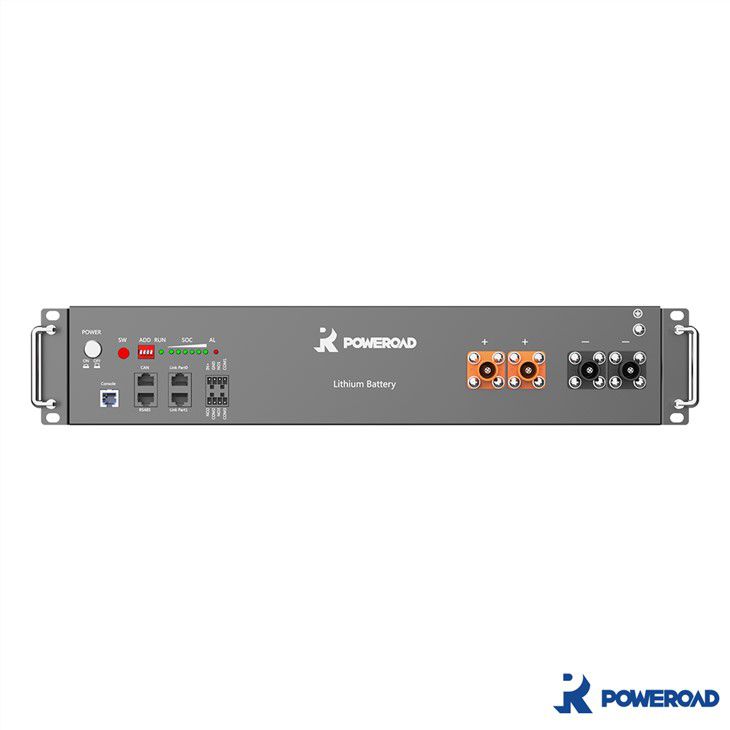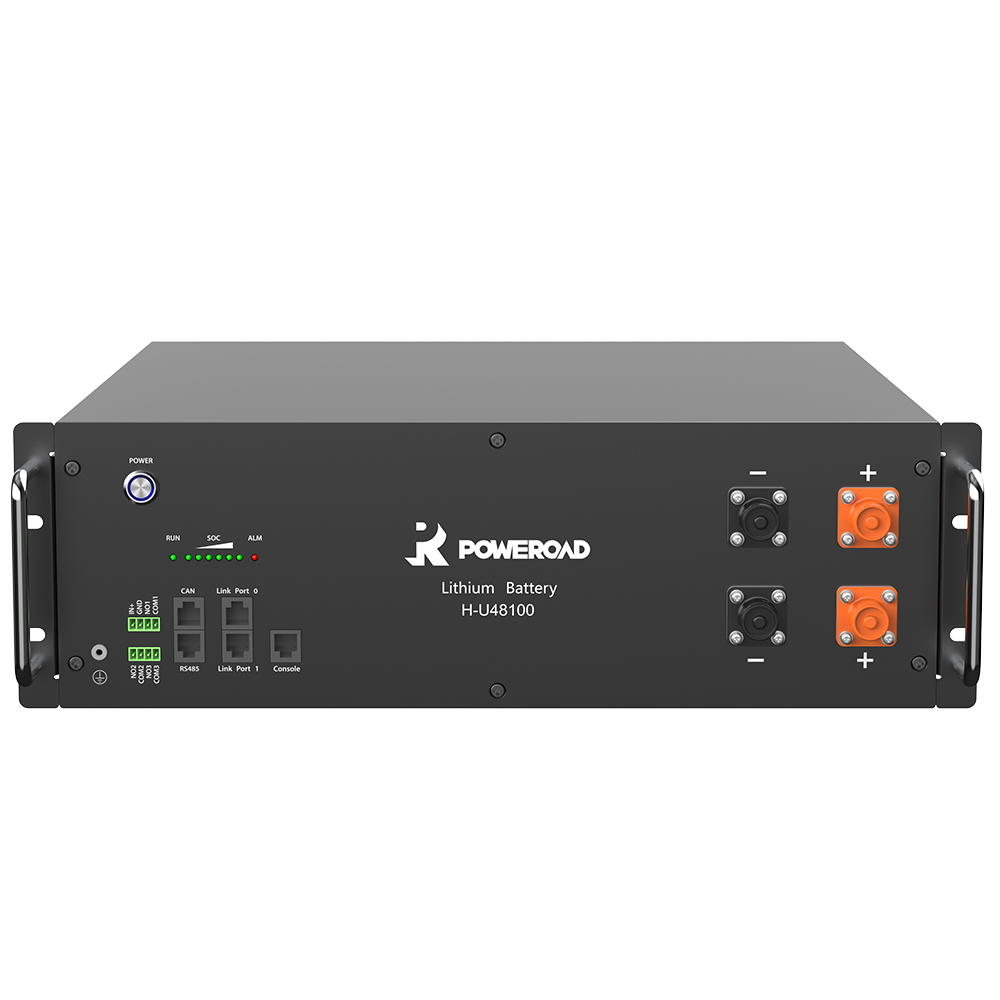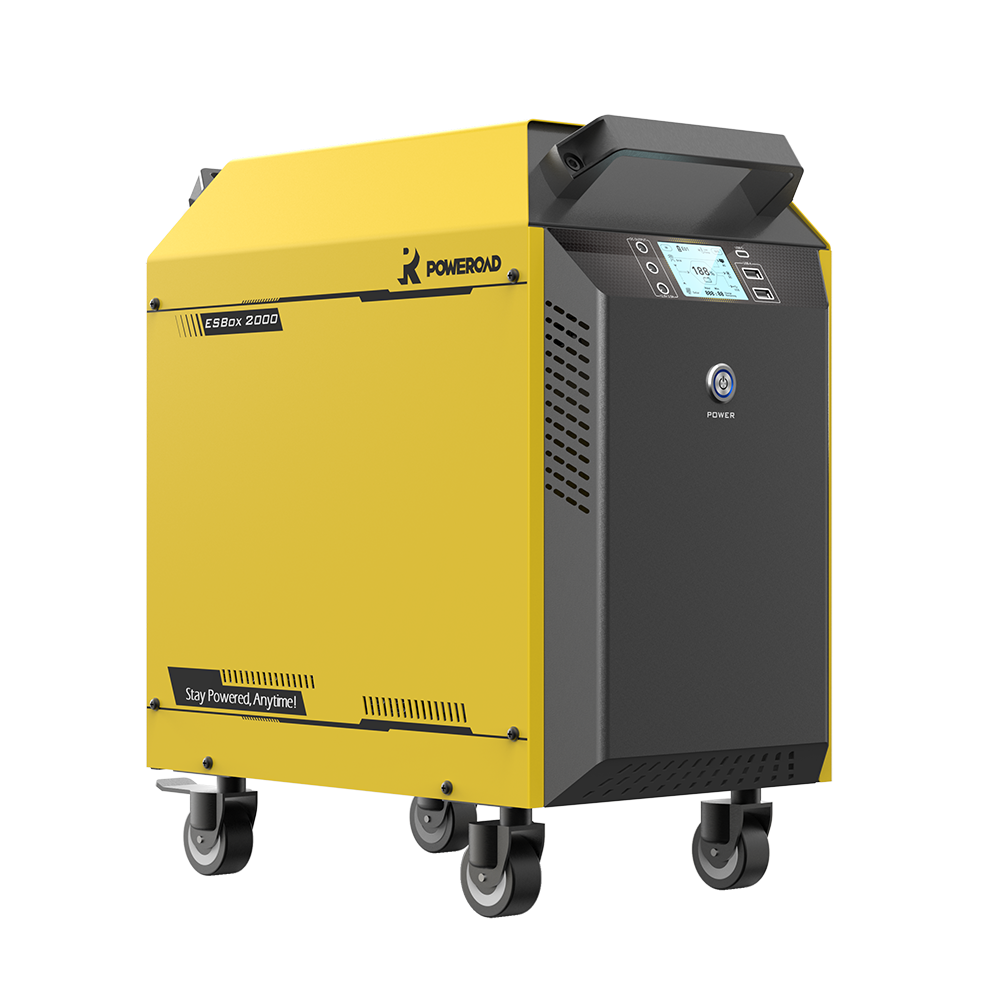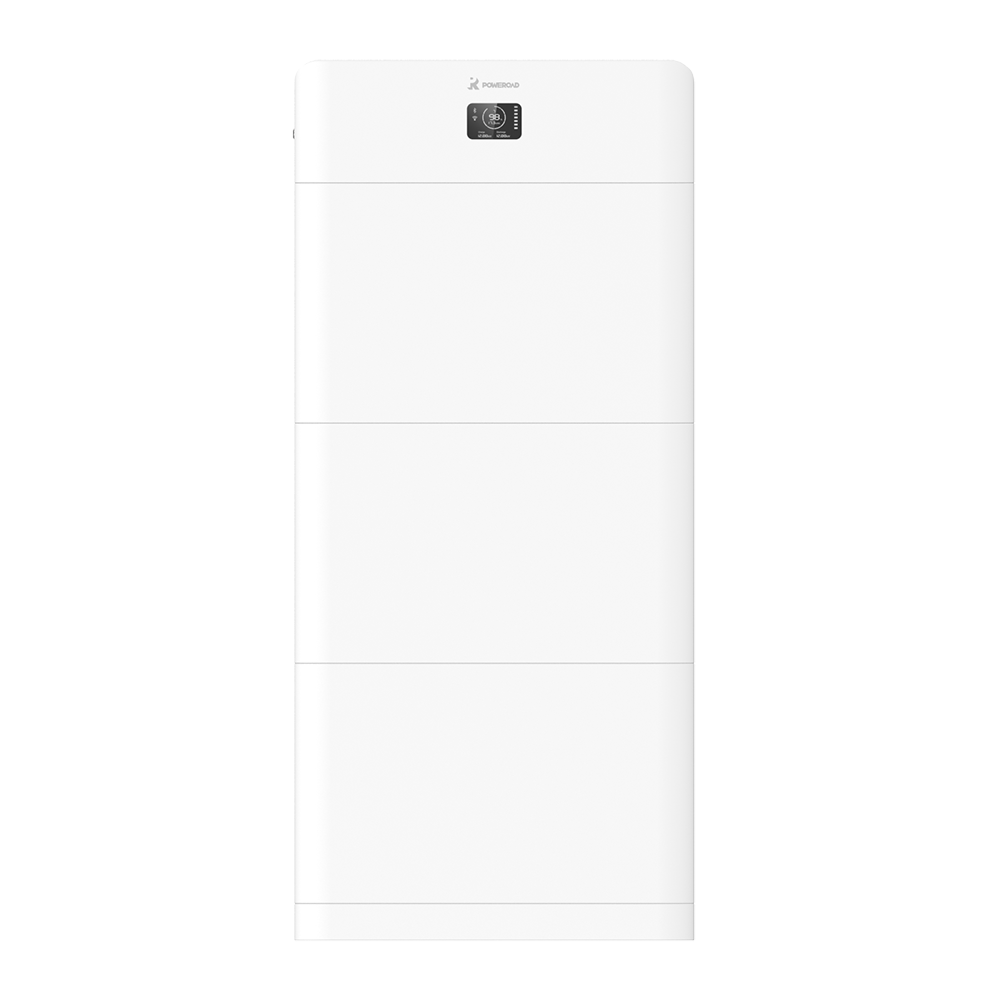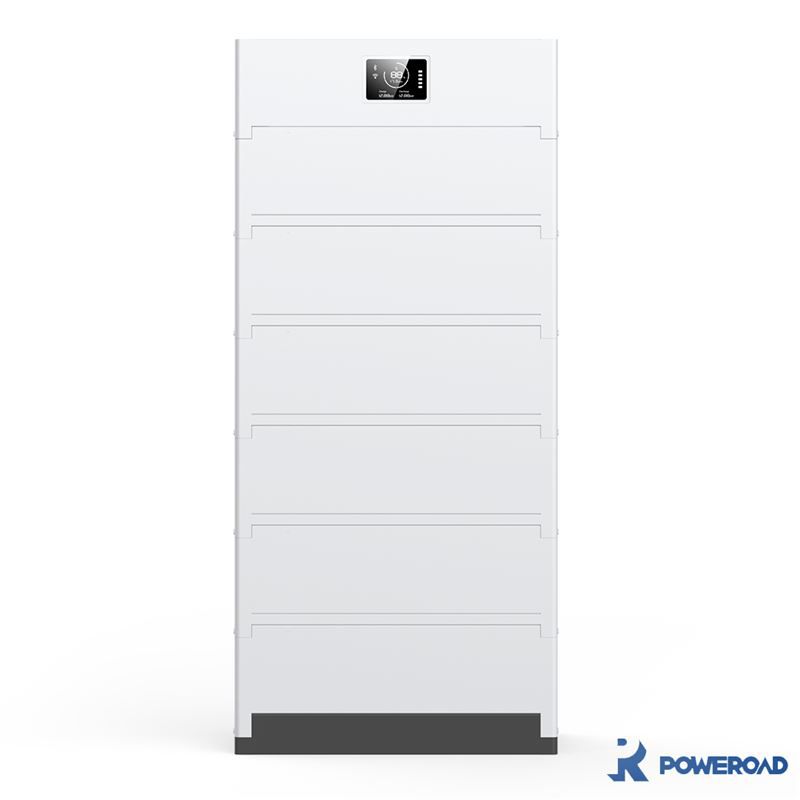Nowadays, people are getting more involved in the electrical devices, as a result, the uninterrupted power supply becomes a critical thing. The battery can provide certain recycled power supply when people need it in certain application which make mobile life & back-up life more easily.
When choosing a battery, there are several factors to consider, such as:
1. Capacity: The capacity of the battery determines how much energy it can store. The higher the capacity, the longer the battery can power up home appliances.
2. Voltage: The voltage of the battery should match the voltage of the inverter. If the voltage does not match, the inverter may not work properly.
3. Cycle Life: The cycle life of the battery determines how many times it can be charged and discharged before it needs to be replaced.
4. Maintenance: Some batteries require regular maintenance, such as adding water to lead-acid batteries.
5. Cost: The cost of the battery is an important factor to consider. Lithium-ion batteries are more expensive than lead-acid batteries, but considering their much longer life span and the deeper cycle that the lithium batteries can reach – which means more usable capacity, the cost efficiency needs to be re-calculated.
LiFePo4 batteries are more cost-effective than lead batteries in drop-in replacement application?
Battery Capacity:
Firstly, we need to learn about a key word – Ah, which means Ampere Hour, is the unit in which a battery’s energy content is measured. It indicates how many amps (current) a battery can deliver for a certain hour (duration). Battery Ah is always measured with respect to a certain rate of discharge duration.
Usable capacity
Secondly, let’s discuss with the usable capacity of lithium and lead-acid batteries. With a lithium iron phosphate battery you can use about 90% of the actual capacity. In the case of a POWEROAD LiFePO4 battery, is on average approx. 8-10% above the nominal capacity, this results in a real usability of 100% of the nominal capacity on average. While you can only use half of the nominal capacity with a 100Ah AGM lead battery, i.e. 50Ah. This means that a 200Ah lead-acid battery is required to achieve the same capacity as a 100Ah lithium battery, since the lead-acid battery can only be discharged up to 50% of its capacity due to the chemical characteristics. Once lead-acid batteries are discharged beyond 50%, the irreversible damage will occur. Unfortunately, in practical use, many lead-acid batteries are not properly discharged, as a result, usually after only 1-3 years that they have to be replaced.
Energy Density
Energy density is a significant factor in determining the type of battery needed for a specific application, especially for a limited space. It indicates the relation between battery capacity and the weight of the battery.
Energy Density = (Nominal Battery Voltage (V) x Rated Battery Capacity (Ah)) ÷ Weight of Battery.
Lithium iron phosphate battery achieves an energy density of 125+ Wh/L versus 50-90 Wh/L for lead acid batteries. Therefore, the weight and size of lithium batteries are much lower in comparison to lead-acid batteries with the same capacity. For e.g., for a limited space in RV/Marine, the original lead-acid battery designed to fit BCI Group 31 size with 100Ah capacity, which has 50Ah usable capacity, while for a LiFePO4 battery, the capacity can achieve 150Ah, with almost 100% usable capacity.
Cycle life
Cycle life is the number of charging and discharging cycles a battery can undergo without compromising its performance. This is the advantage in which the lithium battery beats lead-acid battery completely. A lithium iron phosphate battery largely maintains its charging capacity for up to approx. 4000 charging cycles. While after about 1000 cycles at 50% depth of discharge, a high-quality lead-acid battery only has about 80% of its original capacity.
Besides, after the 4000 charging cycles of lithium battery, it still has 80% of this original capacity and can easily be used for another 7000 cycles if the remaining capacity of around 60% is sufficient. This is the reason why lithium batteries can lead a second life, e.g. as electricity storage in the house, after their use as drive batteries in the car. So if we compare the cycle life of the two technologies, the lithium battery is at least 4-5 times superior to the lead battery.
The weight
Another advantage is the lower weight. A 100Ah lithium battery weighs between 13 and 15 kg, while a 200Ah lead-acid battery weights at 55 – 60 kg. If the lithium battery is installed in a mobile system (e.g. in a mobile home), the fuel savings over a 10-year vehicle life will be significant.
Conclusion
Take 2.4kWh for e.g., which is the most common capacity for a small off-grid system for caravanning, you will see the final cost of the battery may be contrary to what you might think:
|
Lead-acid AGM Battery |
LiFePO4 Battery |
|
|
Installed capacity |
2.4 kWh |
2.4 kWh |
|
Usable capacity |
1.2 kWh |
2.4 kWh |
|
Lifespan |
500 cycles at 50% DoD (Depth of Discharge) |
3000 cycles at 100% DoD (Depth of Discharge) |
|
Number of installations |
6 (1 + 5 replacements) |
1 |
|
Battery cost |
USD 2,880 |
USD 840 |
|
Cost per usable kWh per cycle |
USD 4.8 / usable kWh |
USD 0.28 / usable kWh |
See, the result surprises you, right? Actually, lithium battery is the advanced technology that you can get benefit from, and the cost is not that high as you were told from the literal. In a word, the hassle-free practical life style worth a try!
Related Products

